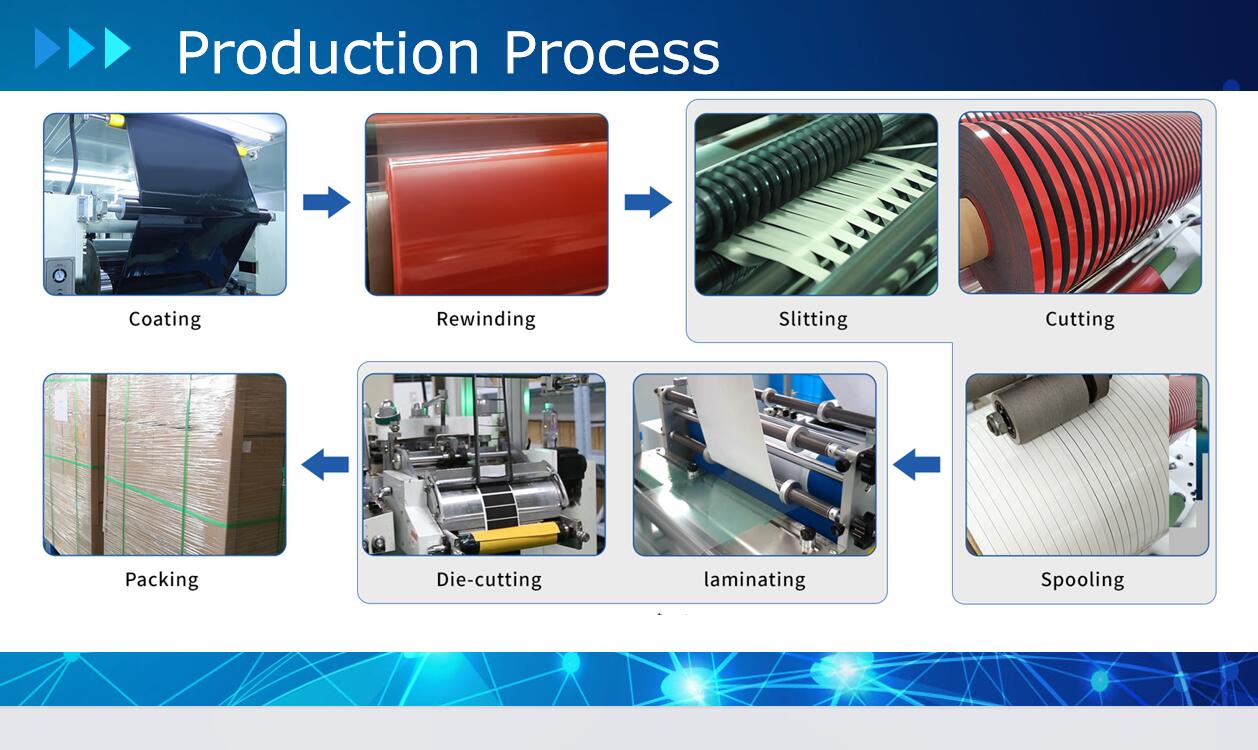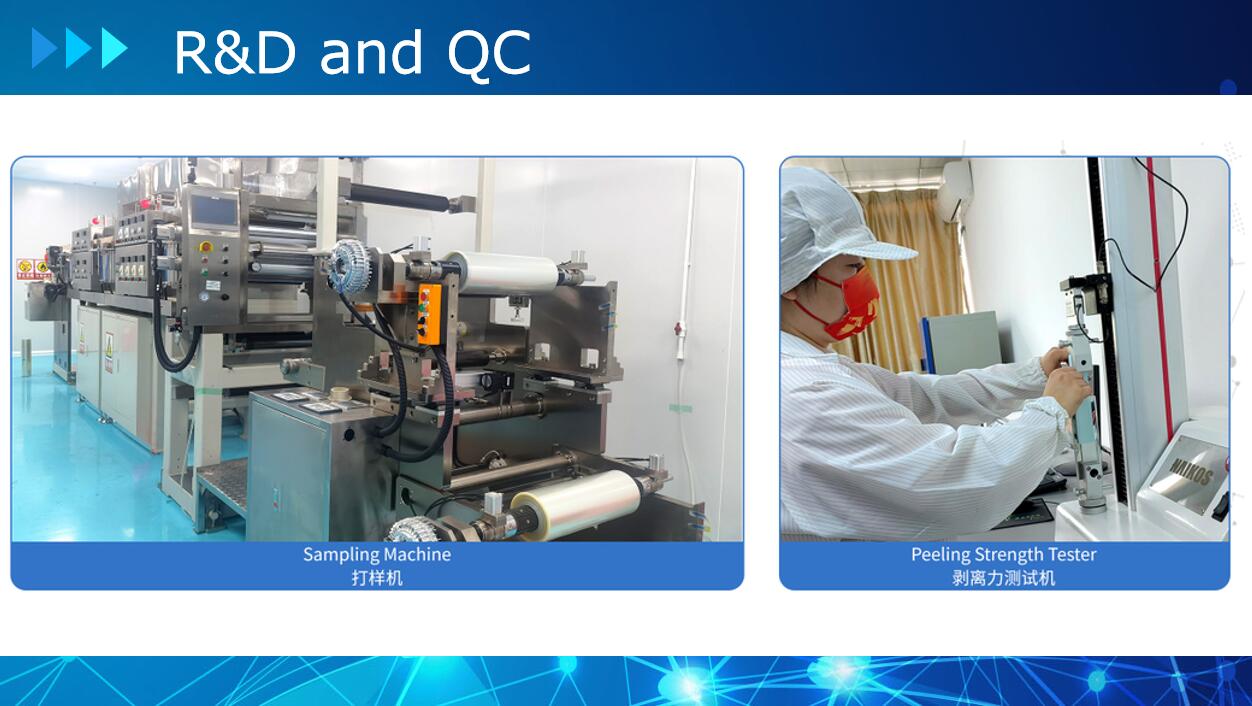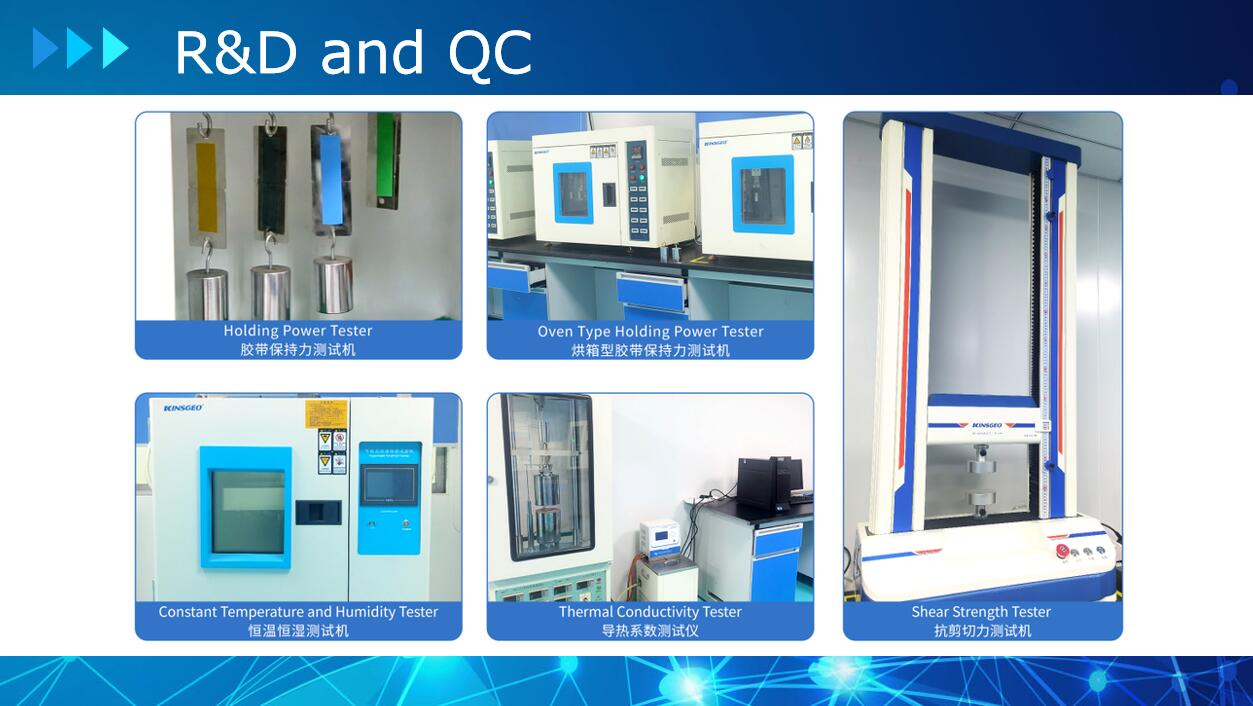With the increasing importance of thermal management in modern electronics, choosing the right thermal interface material has become crucial for ensuring optimal system performance and reliability. Among these materials, thermal silicone pads have proven to be a reliable and cost-effective solution for transferring heat between electronic components and heat sinks or other cooling devices. However, when selecting a thermal silicone pad, it’s essential to consider several critical parameters to ensure optimal performance and compatibility with the application’s requirements.
- Thermal Conductivity
Thermal conductivity is one of the most crucial factors to consider when selecting a thermal silicone pad. The thermal conductivity of the pad determines how efficiently it can transfer heat from the heat source to the heat sink or other cooling device. The higher the thermal conductivity, the better the heat transfer performance. It’s important to select a thermal silicone pad with a thermal conductivity value that matches the thermal needs of the application. - Compression Force
The compression force or pressure applied to the thermal silicone pad during installation is also critical. The right compression force will ensure optimal heat transfer performance while avoiding any damage to the electronic components. This parameter depends on various factors, such as the thermal conductivity, thickness, and surface roughness of the pad, as well as the mounting structure and conditions. It’s essential to follow the manufacturer’s recommendations regarding the ideal compression force for the selected thermal silicone pad. - Thickness
The thickness of the thermal silicone pad is another crucial factor to consider. The pad’s thickness can influence its thermal conductivity, compressibility, and resistance to puncture or tearing. Choosing the right thickness depends on various factors, including the size and shape of the heat source and heat sink, as well as the mounting structure and conditions. It’s important to select a thermal silicone pad with a thickness that provides optimal contact between the components while avoiding any excess stress or deformation. - Electrical Insulation
In some applications, the thermal silicone pad may need to provide electrical insulation between the heat source and heat sink. In these cases, it’s essential to select a thermal silicone pad with appropriate electrical insulation properties. The pad’s dielectric strength, surface resistivity, and breakdown voltage are critical parameters to consider in this regard. It’s also important to make sure that the pad’s insulation properties remain intact under the operating conditions of the application. - Durability
The durability of the thermal silicone pad is another crucial factor to consider. The pad’s durability refers to its ability to maintain its thermal and physical properties over time, despite exposure to various environmental factors such as temperature, humidity, and mechanical stress. It’s important to select a thermal silicone pad that can withstand the application’s operating conditions and provide long-term reliability.
Conclusión
Selecting the right thermal silicone pad requires careful consideration of various critical parameters, including thermal conductivity, compression force, thickness, electrical insulation, and durability. By taking these factors into account, you can ensure optimal performance and reliability for your application. It’s important to consult with a reputable thermal management solutions provider and follow their recommendations for the best thermal interface material for your specific requirements. With the right thermal interface material, you can maximize the performance and longevity of your electronic systems and devices.









